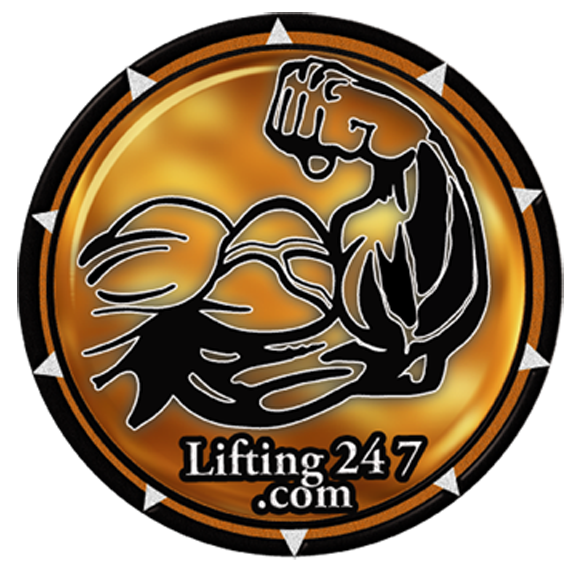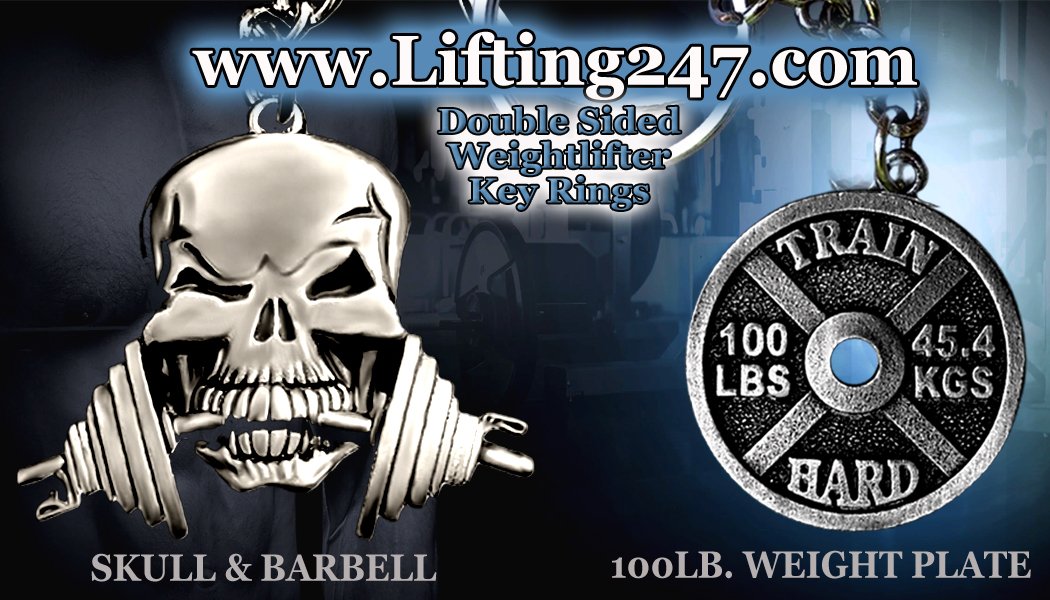Bent Over Barbell Row
Mastering the Bent Over Row for a Sculpted Back
Ready to sculpt a massive and chiseled back? Look no further than the bent over barbell row—it's the exercise that truly gives you wings! Targeting the major back muscles, particularly the latissimus dorsi, this exercise is key to achieving the coveted V-shaped physique seen in bodybuilders and fitness enthusiasts. The latissimus dorsi, a broad and flat muscle covering much of the back, primarily functions as an arm muscle despite its back location. Its actions, such as pulling the arms behind and downward, enable activities like swimming, pull-ups, and rowing.
Given the substantial size of the back muscles, harnessing powerful and effective movements is essential. Maintaining proper technique and form is paramount, and the bent over barbell row is invaluable in this regard. It's not only effective for building larger and stronger back muscles but also complements performance in exercises like bench presses, deadlifts, and squats.
What is Barbell Bent Over Row?
Also known as one of the traditional or typical big-muscle moves, Bent over Barbell Row exercise is a compound workout. It entails bending down, picking the barbell, and then lifting it from the flow. While in bending pose with your upper body forward, pull the barbell close to your sternum.
Meanwhile, your knees must be in a slight bend pose and the entire back straight. Also, the neck must form a straight line with the spine. When it comes to grip, rely on the shoulder-length or slightly bigger.
Note: The bent-over barbell row is one of the riskiest exercises with a great potential to cause an injury. Also, the back discomfort associated with it is significant. However, if you have proper body form, it’s not challenging to do it.
Further, your choice of weights to use also depends on your physical form. If you’re just starting, then stick to lighter weights. And that’s because there is more gain when you have total control of motion than when you’re straining.
How to Perform the Bent Over Barbell Row?
Want to learn how to properly perform the bent-over barbell row? Well, here are the steps:
1st Step: Starting Pose
Stand upright on the floor with the barbell right in front of you. Spread your feet to align with the hip width. Now, bend over slightly while flexing your knees to a point where your body is aligned with the floor. With your back flat, grasp the barbell and lift it (maintain the grip shoulder-width-apart or slightly bigger).
As you do this, your spine must be neutral throughout. Meanwhile, push your hips slightly behind and bend your knee. At this point, your torso faces forward allowing your shoulders to be over your hips slightly. In the meantime, the barbell is hanging over your toes or laces. Your chin must be up, as well as your chest with your abdomen braced inwards.
2nd Step: Action
Hold your torso constant in your starting pose; lift the barbell towards your abdomen or mid-torso. It should touch slightly below the ribs. As you do this, your elbows must go upwards and the forearms vertically past your back’s plane. Simultaneously, your shoulder must decent and move backward. Now take a deep breath and then re-rack the barbell.
3rd Step: Think Elbows
Once you’re on the move, lean your torso slightly forward and pull the weight plus your elbow back not upwards. This sort of move is effective at engaging the lats while tightening other parts.
4th Step: Sternum Pause
Remember, bent-over barbell row is a challenging and demanding workout. It can lead to a serious injury when you least expect it. And for that reason, you need to start with a lighter weight and gradually increase it according to your form. That said, many professional trainers will discourage the use of heavier weights. And to ensure you’re lifting the right amount of weight, pull the bar until it touches the sternum and pause. If you can’t manage this, then reduce the weight on the bar to a comfortable size.
Bent Over Row: Muscles Worked
· Major Muscles
o Rear deltoid
o Major/minor teres
o Lats
· Antagonists
o Front deltoid
o Triceps
o Pectoralis
· Secondary
o Lower back
o Infraspinatus
o Trapezius
o Brachioradialis
o Brachialis
o Biceps
o Rhomboids
Bent Over Barbell-row Variations
· Chest-supported bent-over barbell-row
· Dumbbell incline row
· Reverse-grip bent over barbell row
· T-bar row
· Smith machine barbell row
Bent Over Row Benefits
· Boost the general strength of your upper body
· Boosts the body stability
· Prevent back pain and improves body posture
· Improves your physical capability when doing lat pull-downs and pull-ups.
Tips for Bent over Barbell Row Form
· Test various head positions to discover a comfortable pose
· Maintain your head in the pose throughout
· Arch your lower back inwards to avoid straining the spine
· Move the shoulder blades as you do each rep (avoid locking them in the same position).
· Also, tuck your elbows throughout for better impact on the lats
Body Moves you should avoid
· Pulling the barbell from the floor towards the chest
· Curving your spine
· Swinging your body when lifting the weight.
· When re-racking the weight, avoid collapsing your shoulders. And the same applies when you’re lifting it from the floor.
Final Take
While the bent-over barbell row is a basic exercise to fitness enthusiasts, athletes, and bodybuilders, it’s quite demanding. But even so, it targets major back muscles like the latissimus dorsi to be precise. And thanks to that, you can attain that classic V-form you’ve been admiring. Further, it thickens the back muscles and enhances your overall fitness and strength. Most importantly, it includes your legs muscles, and torso since it’s also an isometric exercise.
Besides the deadlift, bent-over barbell row is an ultimate workout when it comes to back excises. And the secret to maximizing the impact of this exercise is exaggerating the lower-back arch when you get into position. This move will not only guarantee the safety of your spine but also improve your overall strength. Lastly, never change the position of your torso throughout this exercise. And when you pick the weight, focus your center of mass above the legs.



